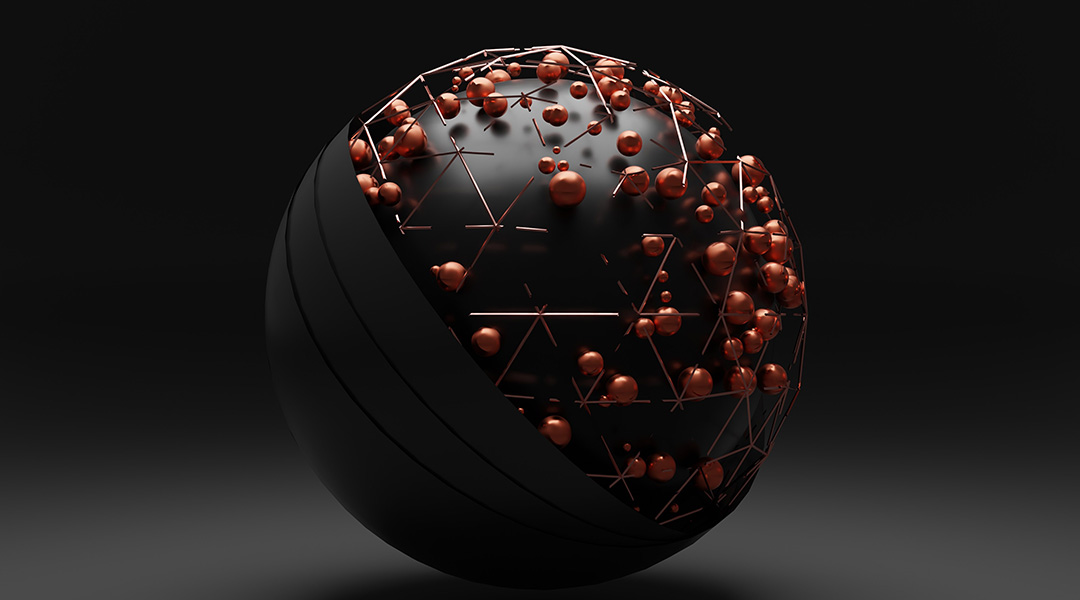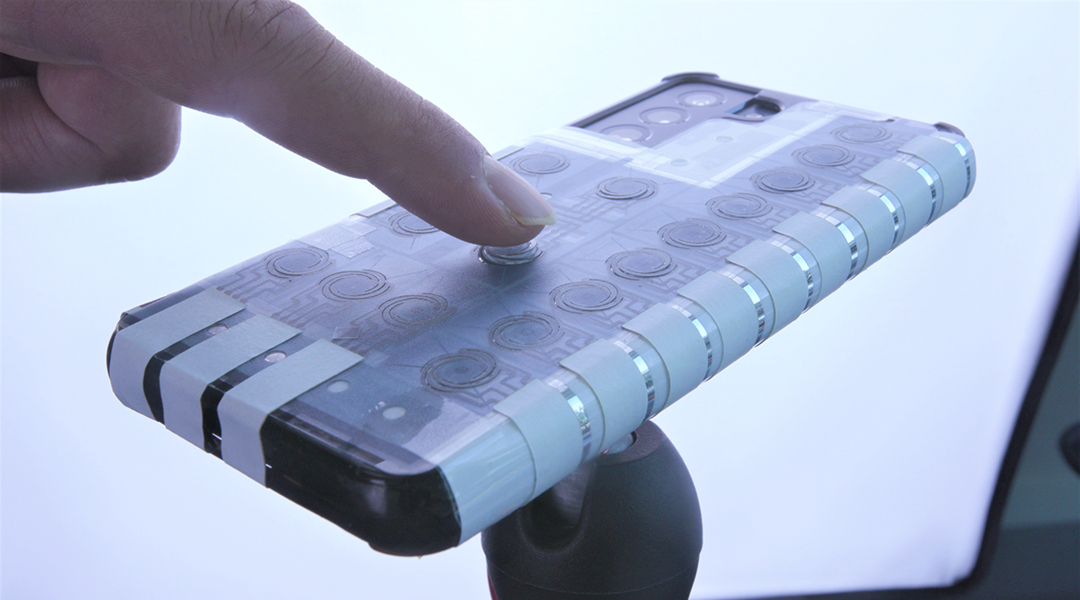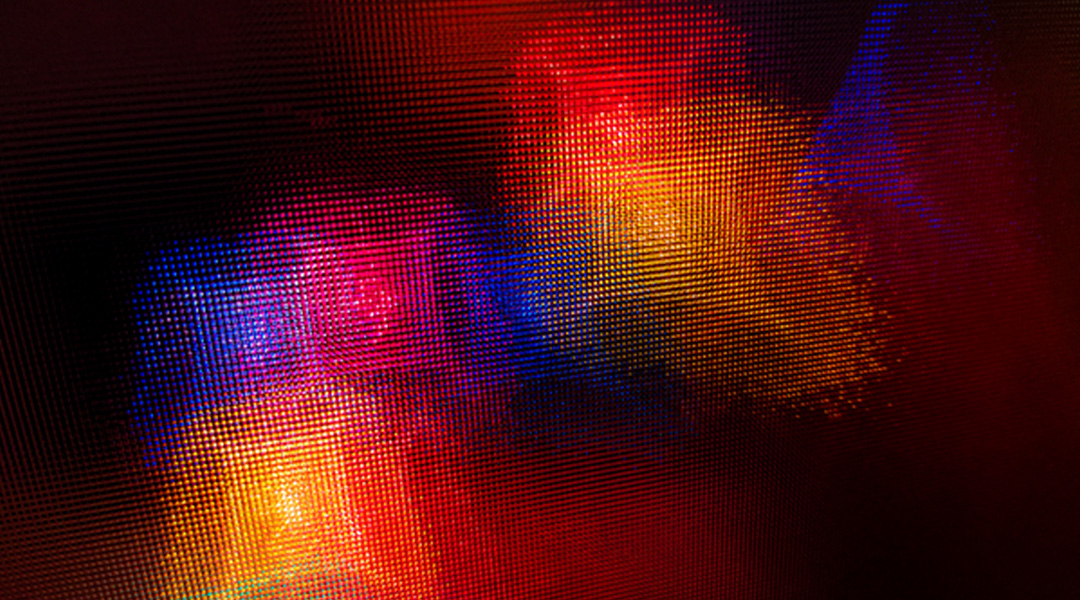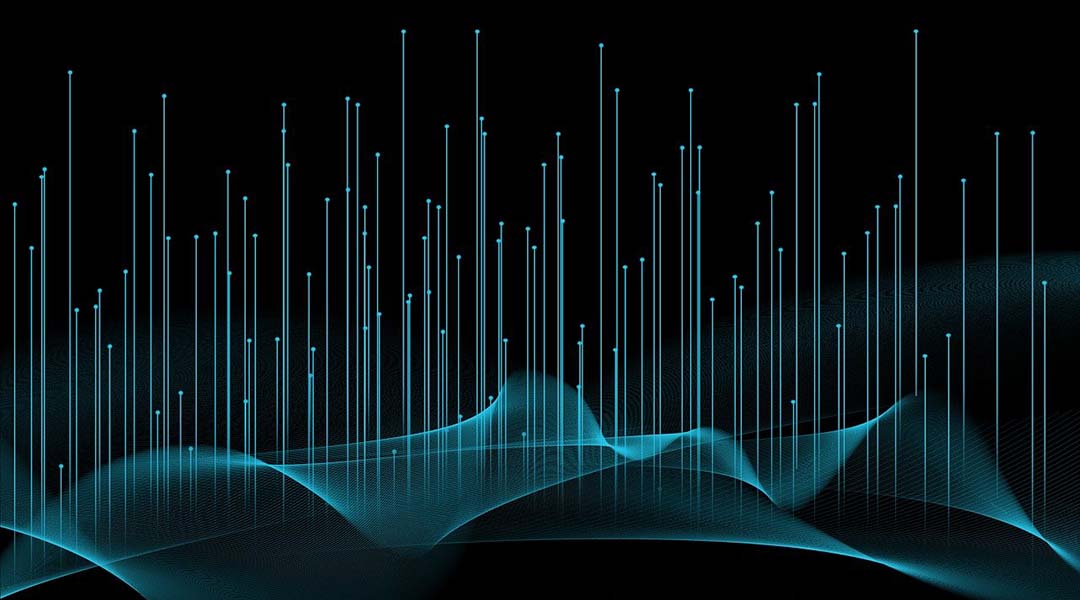To develop medical treatments in space, scientists first need to understand how the body behaves in this foreign environment.


To develop medical treatments in space, scientists first need to understand how the body behaves in this foreign environment.

Scientists achieve groundbreaking room-temperature quantum coherence for 100 nanoseconds, propelling molecular qubits closer to practical quantum computing.

A light-matter hybrid material on attosecond scales showcases enhanced conductivity with potential applications in solar cells and high-power electronics.

Scientists pioneer mixed-valence molecules in quantum-dot automata for faster, room-temperature operation, overcoming transistor limits.

PopTouch blends transparency and touch, bringing traditional tactile buttons to a world of flat screens and smooth surfaces.

The math of multi-particle entangled systems is fiendishly complex, but researchers have made a step forward.

Physicists working on LIGO have surpassed the quantum limit to enhance gravitational wave detectors and revolutionize astrophysical observations.

Harnessing quantum dots to produce low-energy single photons for applications in secure communications and quantum computing.

Scientists investigate the synergy of entanglement and curved spacetime in advancing quantum radar technology for precise distance measurement.

What if quantum computing could be simulated using hardware that isn’t so finicky?